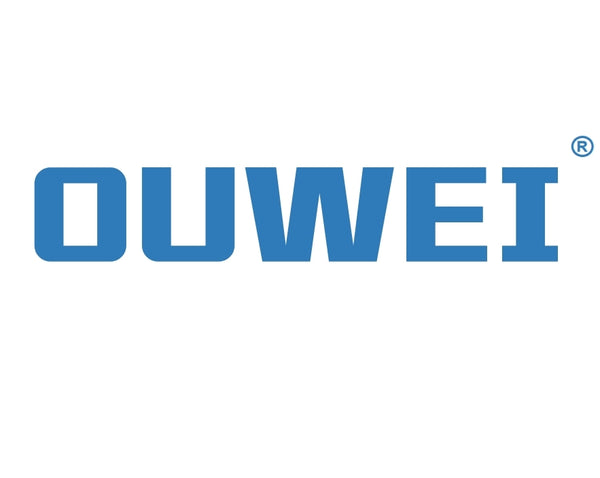Industrial check valves are crucial components in various fluid control systems, ensuring the efficient and safe operation of pipelines and machinery across numerous industries. These valves are designed to permit fluid flow in one direction while preventing backflow, thus protecting equipment, maintaining system integrity, and enhancing operational efficiency.
How Check Valves Work
Check valves operate automatically, relying on the flow velocity of the fluid to open and close. When the fluid pressure upstream exceeds the pressure downstream, the valve opens, allowing fluid to pass through. Conversely, if the downstream pressure exceeds the upstream pressure, the valve closes, preventing any backward flow. This simple yet effective mechanism eliminates the need for manual intervention or external controls, making check valves highly reliable and low-maintenance.
Types of Industrial Check Valves
There are several types of check valves, each suited to specific applications and operating conditions:
1. Swing Check Valves: These valves feature a hinged disc that swings open to allow flow and swings closed to block reverse flow. They are commonly used in pipelines where the flow is steady and consistent.
2. Lift Check Valves: In these valves, the disc moves vertically to open and close. Lift check valves are suitable for high-pressure applications and are often used in gas and liquid systems.
3. Ball Check Valves: These utilize a ball that rests on a seat to seal the valve. When fluid flows in the desired direction, the ball is pushed off the seat, allowing flow. Ball check valves are typically used in low-pressure applications and can handle viscous fluids well.
4. Dual Plate Check Valves: Also known as double-door check valves, these have two spring-loaded plates that pivot open and close. They are compact and offer fast response times, making them ideal for applications where space is limited.
5. Diaphragm Check Valves: These valves use a flexible diaphragm that opens and closes in response to pressure changes. They are excellent for handling slurries, viscous fluids, and applications requiring a tight seal.
Applications of Industrial Check Valves
Industrial check valves are used across various sectors, including:
- Water and Wastewater Treatment: Preventing contamination by ensuring that treated water flows correctly and waste does not backflow.
- Oil and Gas: Protecting pipelines and equipment by maintaining directional flow of crude oil, natural gas, and refined products.
- Chemical Processing: Safeguarding systems from corrosive or hazardous backflow in chemical production and processing plants.
- Power Generation: Ensuring the proper flow of cooling water, steam, and fuel in power plants to maintain operational efficiency and safety.
- HVAC Systems: Regulating refrigerant flow in heating, ventilation, and air conditioning systems to enhance performance and prevent damage.
Importance of Check Valves in Industrial Systems
The primary importance of check valves lies in their ability to prevent backflow, which can cause significant damage, contamination, and operational disruption. By ensuring that fluids flow in the correct direction, these valves:
- Protect Equipment: Prevent reverse flow that can damage pumps, compressors, and other equipment.
- Enhance Safety: Reduce the risk of accidents and hazardous conditions caused by backflow.
- Improve Efficiency: Maintain consistent system operation, reducing downtime and maintenance costs.
- Support Regulatory Compliance: Help industries meet stringent safety and environmental regulations by preventing leaks and contamination.
In summary, industrial check valves are essential for maintaining the integrity, safety, and efficiency of fluid systems across various industries. Their ability to automatically control flow direction without the need for external power or manual intervention makes them a vital component in modern industrial applications. Whether used in water treatment, oil and gas, chemical processing, power generation, or HVAC systems, check valves ensure that operations run smoothly and safely.
#checkvalve #ouweivalve #valve

